The Cantalloc Aqueducts, which were built by the Nazca people during Peruvian history’s pre-Columbian period, continue to serve their original purpose, with local farmers still relying on them to transport water to the parched region.
A team of academics led by Rosa Lasaponara of the Institute of Methodologies for Environmental Analysis recently reviewed satellite pictures to see whether they may reveal new information about the “puquios” — a network of aqueducts located 4 kilometers (2.5 miles) west of Nazca, Peru. There are roughly 40 such aqueducts in existence, all built by the Nazca civilisation, and the Nazca utilized them all year.
These buildings in Peru’s lowlands are about 2.5 miles (4 kilometers) east of the famed Nazca lines. The constructions may have a same theme, since there have been theories that the lines had a symbolic role in the hunt for water, which the Nazca aqueducts were designed to harness. These canals, like the Nazca lines, are thought to have had a religious purpose in addition to their utilitarian utility of making the soil more hospitable to agriculture.
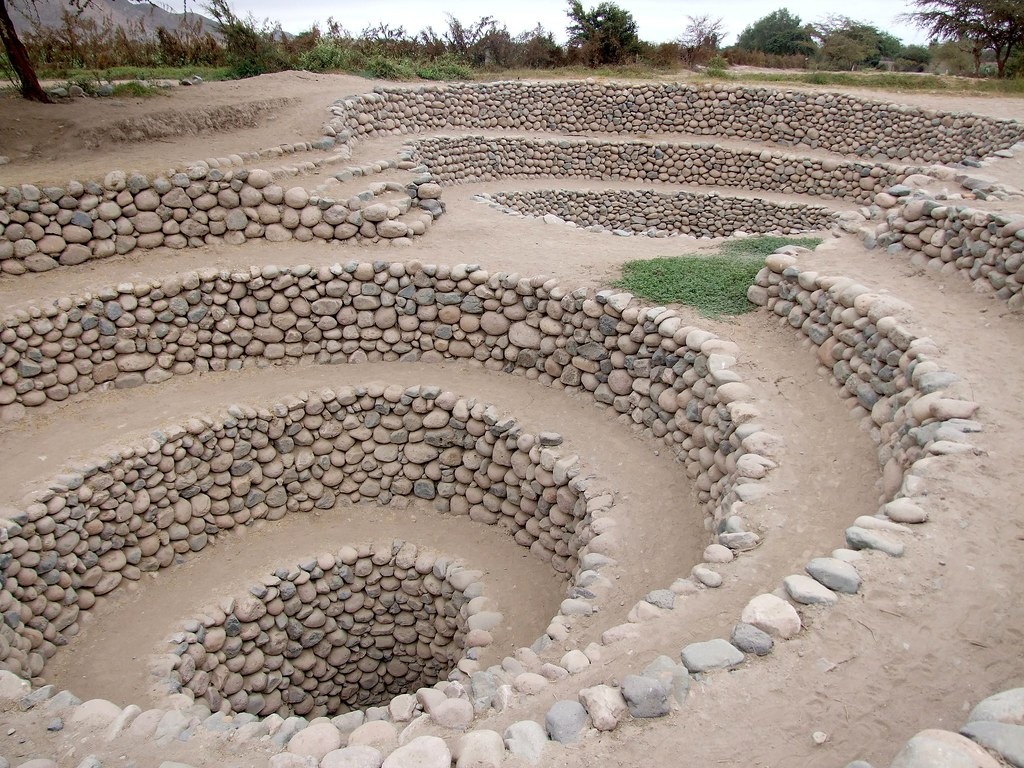
The aqueducts’ discovery highlighted the Nazca civilization’s technological prowess. The ‘puquios,’ or spiral constructions, were part of a hydraulic system that retrieved and channeled water. Wind was able to blow into a network of underground canals, driving water from underground aquifers into locations where it was required the most. The puquios were such a successful design that 30 of them are still in use by farmers today.
Such a comprehensive and long-lasting network demonstrates its designers’ mastery of the geology and yearly water supply characteristics of the surrounding region.
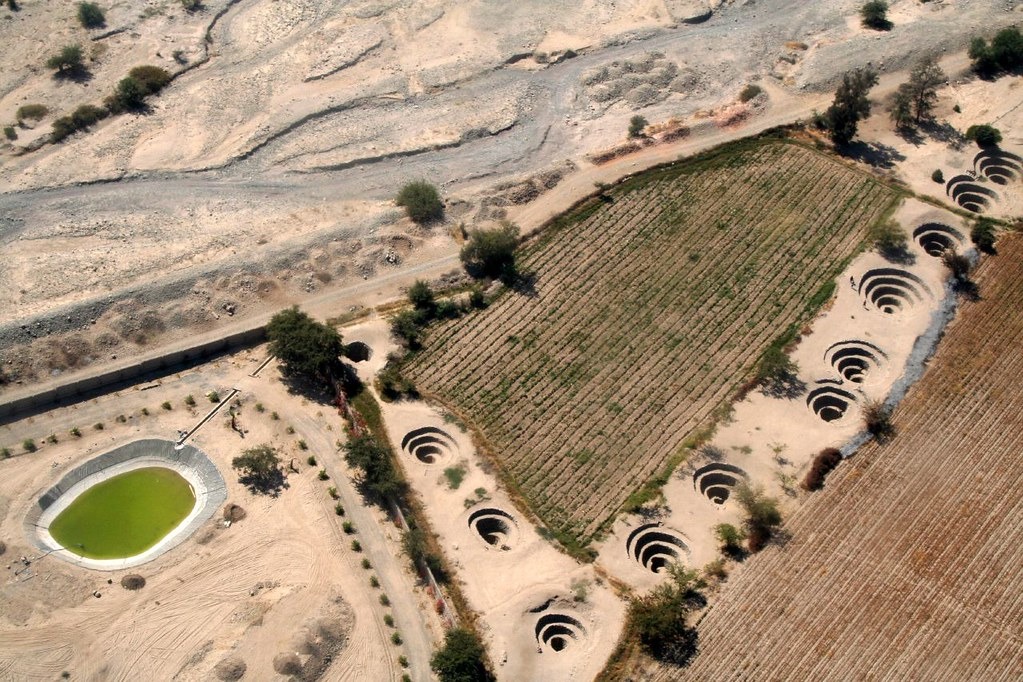
The Nazca civilization thrived along the arid, southern coast of Peru between c. 100 BC and 800 AD in the river basins of the Rio Grande de Nazca drainage and the Ica Valley. The Nazca created a wide range of crafts and technology, including pottery, textiles, geoglyphs, and, of course, aqueducts, all of which were heavily inspired by the preceding Paracas civilisation (which was famed for its exceedingly complicated textiles).
Apart from these incredible water networks, the Nazca people of Peru’s Ica Region are most renowned for the Nazca Lines, massive drawings on the desert with no known purpose. It was recently discovered that the oldest of these lines is a fat cat.
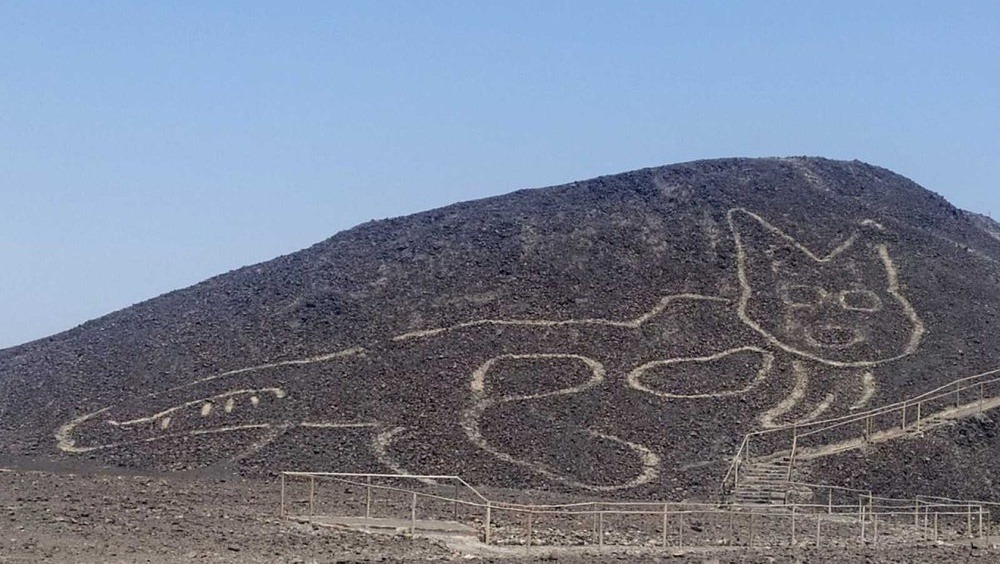
The Nazca were keen watchers of the wide maritime environment, as were other Coastal Andean peoples in South America. A good example is the whale tooth below, from which a lovely lady has been carved.
The salty ocean and its strange species formed a dyadic antithesis to the fresh waters of the land. The cutting of a ceremonial sculpture out of the teeth of a massive sea monster was obviously spiritually significant.
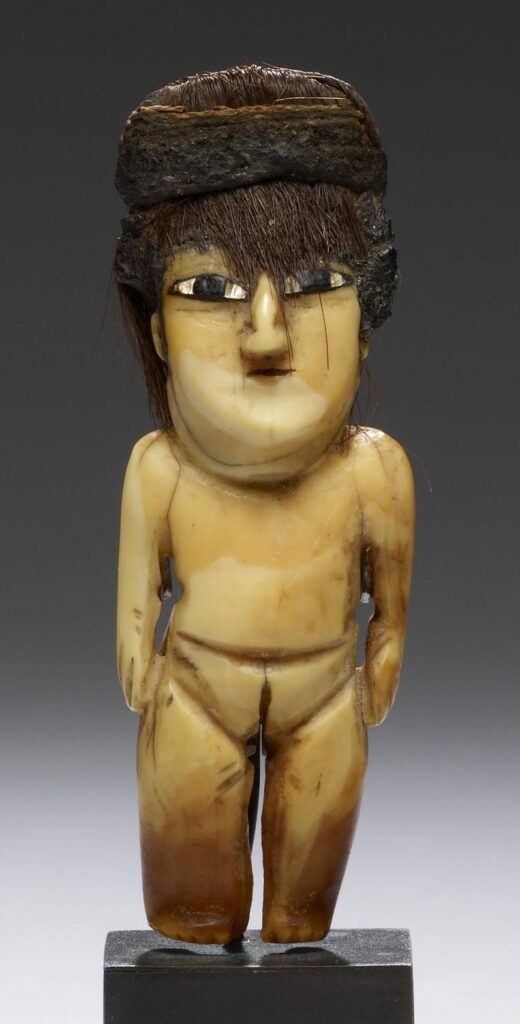
But let’s return to the Nasca’s amazing aqueduct systems. They created them to transport water from mountain springs; the word ‘puquios’ refers to the spiral-shaped starting places.
These springs are often covered with wooden roofs and bordered with stones and are located quite far up the slopes of the mountains. Water is pumped down from the puquios onto lowland farmland via deep ditches.
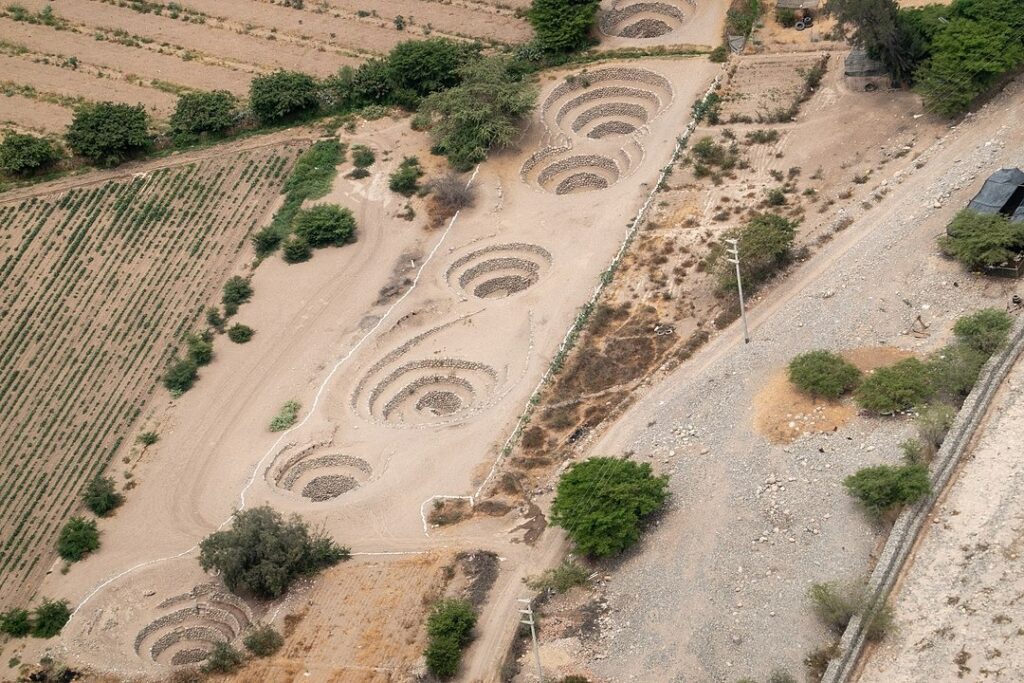
The aqueducts’ courses are simple to follow since they are built in huge curves. The Nazca really averted flooding by curving their rivers to ensure that the water did not flow too swiftly when the snow melted in the spring.
These spirals are known as ‘ojos,’ which is Spanish for ‘eyes.’ You can really go into them, spiraling down on stone steps all the way to the bottom to the cooling wells. The aqueducts, on the other hand, require regular maintenance, and farmers descend from the ‘ojos’ to clean up the canals. In exchange, they receive a lushly vegetated region — a cool spot to hike with amazing mountain vistas in every direction.
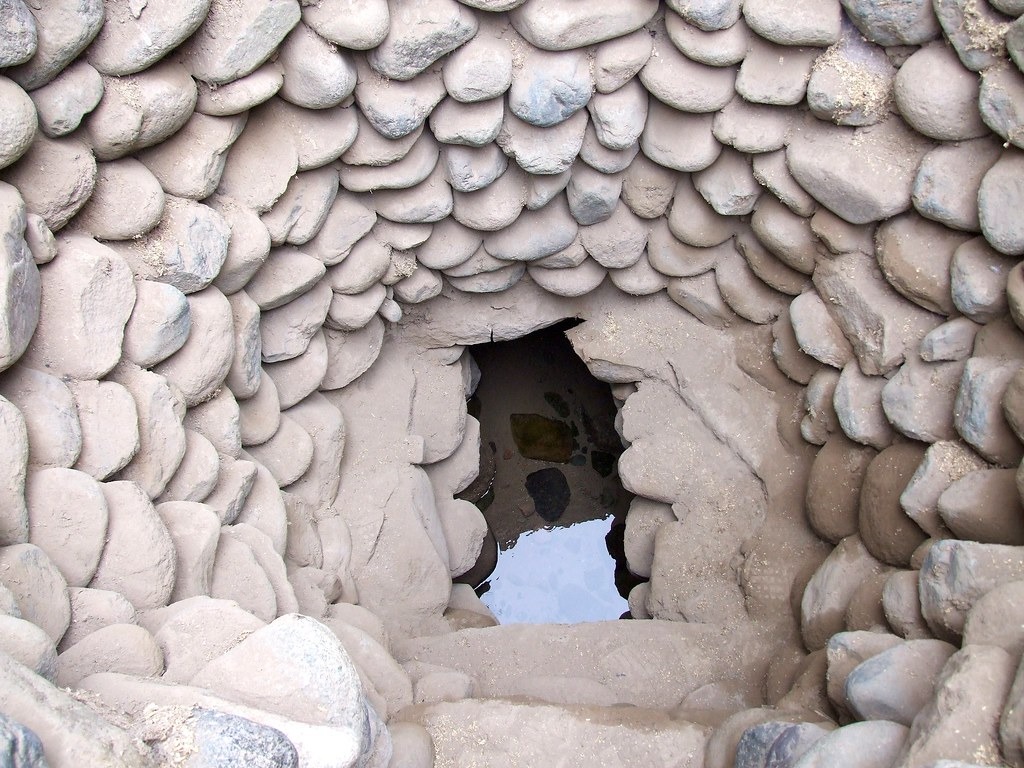

Apart than what has already been stated, all we know about the Nazca is their inventiveness in their creations. As a result, for anybody visiting the Nazca Lines, these innovative water management systems are a must-see. The Cantalloc Aqueducts are evidence of a cunning desire to make the desert suit those demands, while the lines reflect a rich and creative religious life.

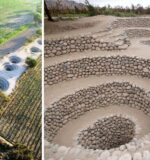
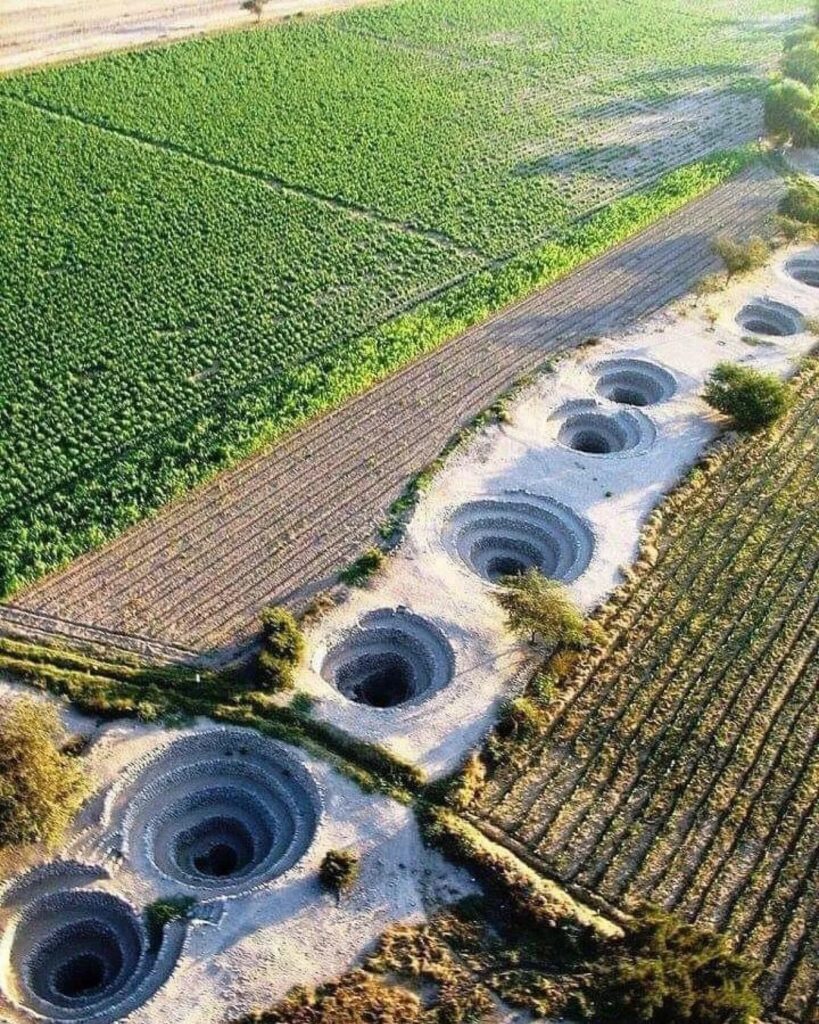






 Photographer Finds Locations Of 1960s Postcards To See How They Look Today, And The Difference Is Unbelievable
Photographer Finds Locations Of 1960s Postcards To See How They Look Today, And The Difference Is Unbelievable  Hij zet 3 IKEA kastjes tegen elkaar aan en maakt dit voor zijn vrouw…Wat een gaaf resultaat!!
Hij zet 3 IKEA kastjes tegen elkaar aan en maakt dit voor zijn vrouw…Wat een gaaf resultaat!!  Scientists Discover 512-Year-Old Shark, Which Would Be The Oldest Living Vertebrate On The Planet
Scientists Discover 512-Year-Old Shark, Which Would Be The Oldest Living Vertebrate On The Planet  Hus til salg er kun 22 kvadratmeter – men vent til du ser det indvendigt
Hus til salg er kun 22 kvadratmeter – men vent til du ser det indvendigt  Superknepet – så blir snuskiga ugnsformen som ny igen!
Superknepet – så blir snuskiga ugnsformen som ny igen!  Meteorite That Recently Fell in Somalia Turns Out to Contain Two Minerals Never Before Seen on Earth
Meteorite That Recently Fell in Somalia Turns Out to Contain Two Minerals Never Before Seen on Earth  Nearly Frozen Waves Captured On Camera By Nantucket Photographer
Nearly Frozen Waves Captured On Camera By Nantucket Photographer  It’s Official: Astronomers Have Discovered another Earth
It’s Official: Astronomers Have Discovered another Earth 
why not try these out phantom Extension
look here rabby wallet download
canadian online pharmacy
Замечательная мысль
independent therefore, whether you are a fan of esports or a player who makes bets on classic varieties sports, Thunderpick https://smi.hamburg/site/2025/01/09/the-advanced-guide-to-aviador-betwinner/.
Диплом пту купить официально с упрощенным обучением в Москве
Официальная покупка диплома вуза с сокращенной программой обучения в Москве
online canadian pharmacy
мегафон подключить
https://ekb-domasnij-internet-3.ru
провайдер мегафон
КОНЦОВКА КЛАССНАЯ!!!!!!!!!!!!!!!!!
21 декабря 2020). Дата обращения: 28 декабря 2020. Архивировано 22 декабря 2020 http://uym.my.coocan.jp/bbs/bbsm/bbs1.cgi?aaa& года.
поддельный аттестат купить
Viagra super active plus http://northwestpharmacydrugstore.com/ Tadalista vs cialis
На этом сайте доступны свежие новости России и мира .
Здесь можно прочитать важные новостные материалы на различные темы.
https://ecopies.rftimes.ru/
Следите за важнейших новостей в любое время.
Надежность и актуальность в каждом материале .
На этом сайте доступны актуальные новости РФ и всего мира.
Представлены значимые репортажи по разным темам .
https://ecopies.rftimes.ru/
Следите за главных событий ежедневно .
Проверенная информация и оперативность в каждой публикации .
Как работает суррогатное материнство: от выбора клиники до рождения ребенка
поиск сурмамы http://www.mammalogy.su/ .
Компания 1хБет предоставляет всем 100% бонус за первый депозит до 32500 рублей (или эквивалент в другой валюте по актуальному курсу). Кроме того, вас ожидает приветственный пакет в 1xBet казино до €1950 +150 фриспинов для игры в слоты и игровые автоматы. 1xBet — это одна из самых популярных и надежных платформ, которая предлагает уникальные возможности и привлекательные бонусы для своих пользователей. Независимо от того, являетесь ли вы новичком в мире ставок или опытным игроком, промокоды 1xBet — это отличный способ повысить свои шансы на выигрыш.
Промокод 1xBet
https://piganddac.com/news/1hbet__1xbet__promokod_2020___bonus_6500_rubley.html
Промокод 1хБет на сегодня – предоставляет вам возможность получить 100%-й бонус до 32 500 ? и Приветственный пакет до 1500 евро + 150 фриспинов для игры в разделе азартных игр 1хБет. 1xBet — это известная онлайн-платформа для ставок, которая славится своими щедрыми бонусами и привлекательными предложениями. Если вы ищете уникальный игровой опыт и дополнительные шансы на успех, то бонусы 1xBet станут отличным выбором для вас.
Бонусы являются одной из главных особенностей, которые делают 1xBet привлекательной для множества игроков. Как новый, так и постоянный пользователь, вы сможете воспользоваться различными видами бонусов, которые помогут увеличить ваши шансы на выигрыш. От приветственных бонусов до регулярных акций, 1xBet предлагает множество вариантов, чтобы удовлетворить ваши потребности и предпочтения.
Один из самых популярных бонусов, предоставляемых 1xBet, – это приветственный бонус для новых игроков. Как только вы зарегистрируетесь на платформе, вам будет предложен щедрый приветственный пакет, который включает в себя бонус на первый депозит. Это означает, что вы получите дополнительные средства на свой игровой счет, чтобы увеличить свои возможности для ставок. Такой бонус является отличным стартом в вашем игровом путешествии и помогает вам исследовать различные игры и спортивные события.
The clip, which was filmed in the course of the fourth collection back in 2006, shows him rehearsing with actress Georgina.
https://zenwriting.net/cmf6ausus1
supreme supplies in india
Curiously, we generally tend to square measure at home with a lot of the metals for a whole lot of years and that they nonetheless are very important as requirements for our life.
https://cadillacsociety.com/users/xzUPOt
купить диплом о высшем образовании москва
canadian pharmacy no prescription
Generic Cialis Online Pharmacy Reviews First medicine online pharmacy store Cheap viagra pills for sale order cialis without prescription Medicine online 24
sky pharmacy reviews
Antipsychotic drugs such as risperidone (risperdal®), aripiprazole (abilify®), ziprasidone (geodon®) and quetiapine (seroquel®) can be used to reduce aggression, irritability, https://piscinadiala.it/relax-in-piscina/ , as well as other behavioral problems concerning autism.
zdx4qe
3tggd9
bl2kge
3dtu9r
24ny3v
wqeqpn
acrg2w
вшивание торпеды от алкоголизма вшивание торпеды от алкоголизма .
Купить диплом в Архангельске
In truth, our mind can be an ideal memory.
https://fab-chat.com/members/JFIEJjZ/profile/
The Historic Printing Society publication removes Thomson’s notes from the appendix and as an alternative presents them in footnote type all through the work, based on the original plates to which they refer.
http://www.tend-uqygdv.xyz/blog/1737794425120